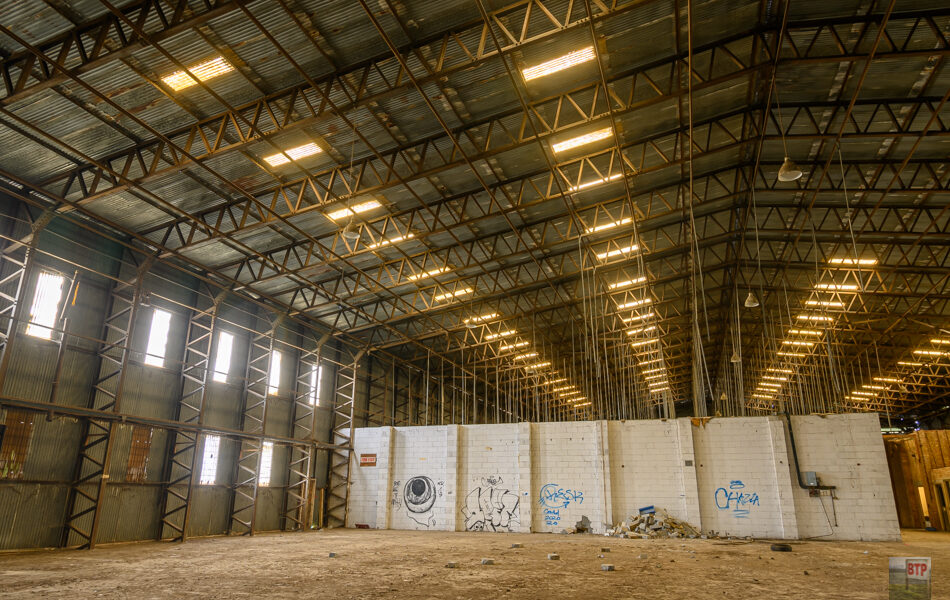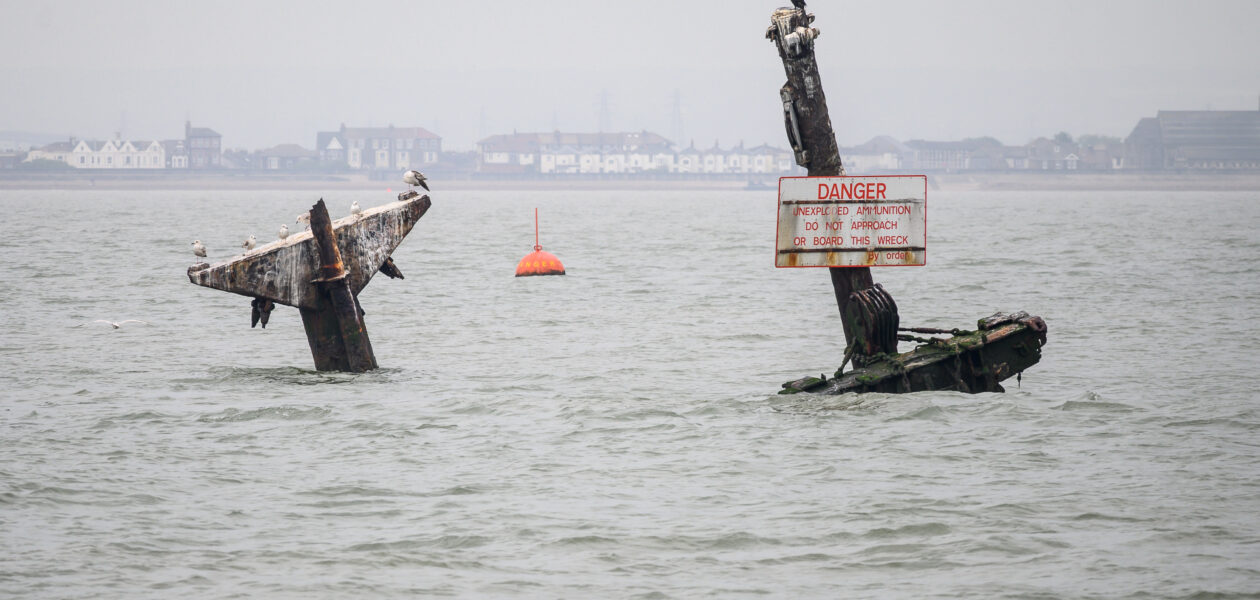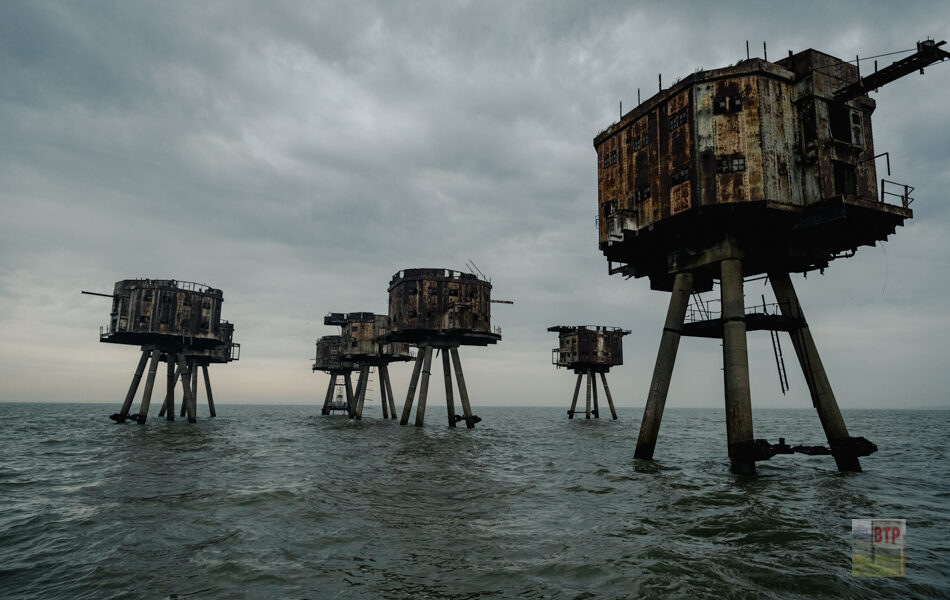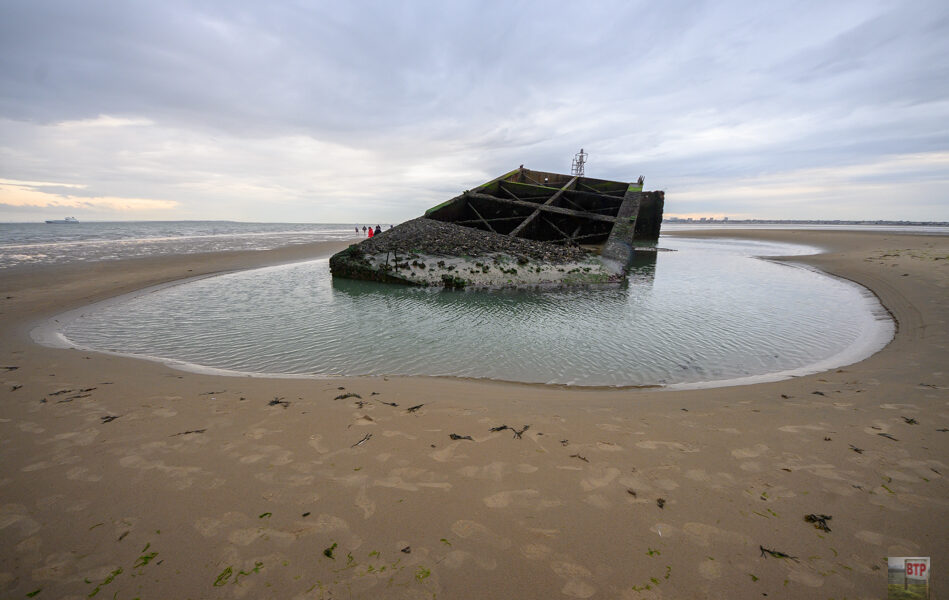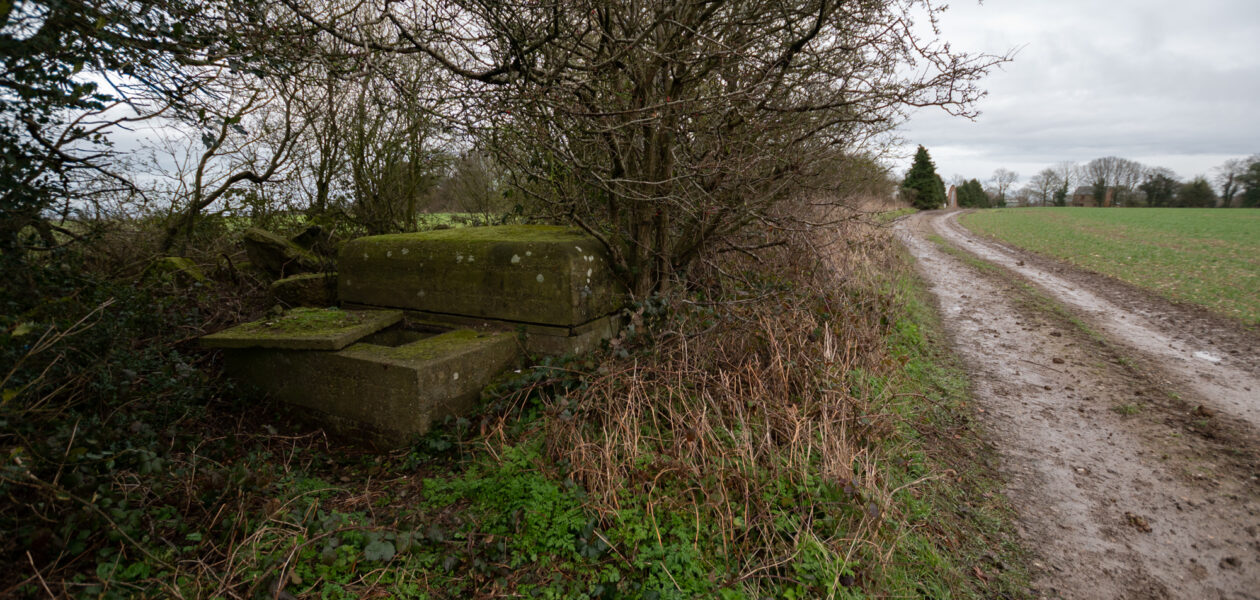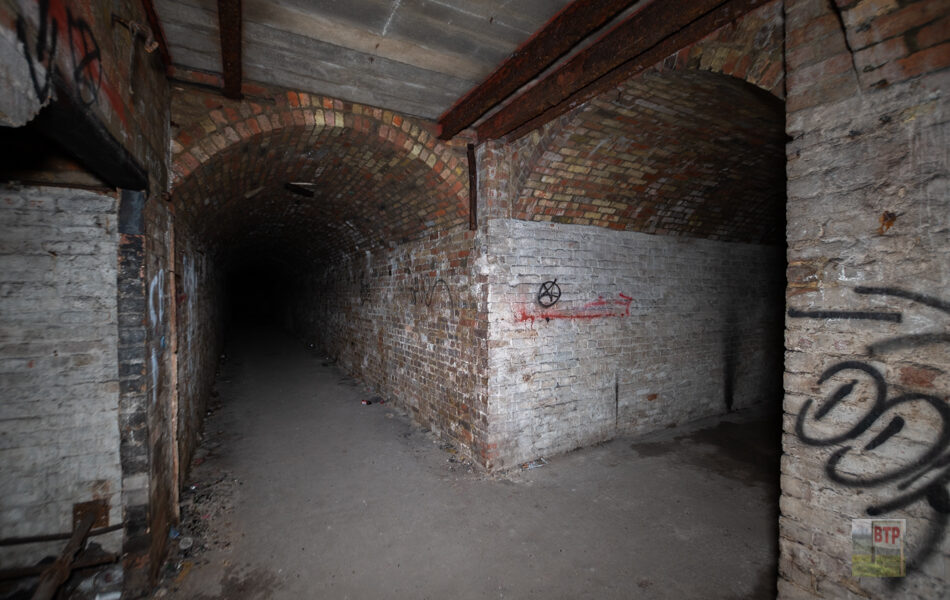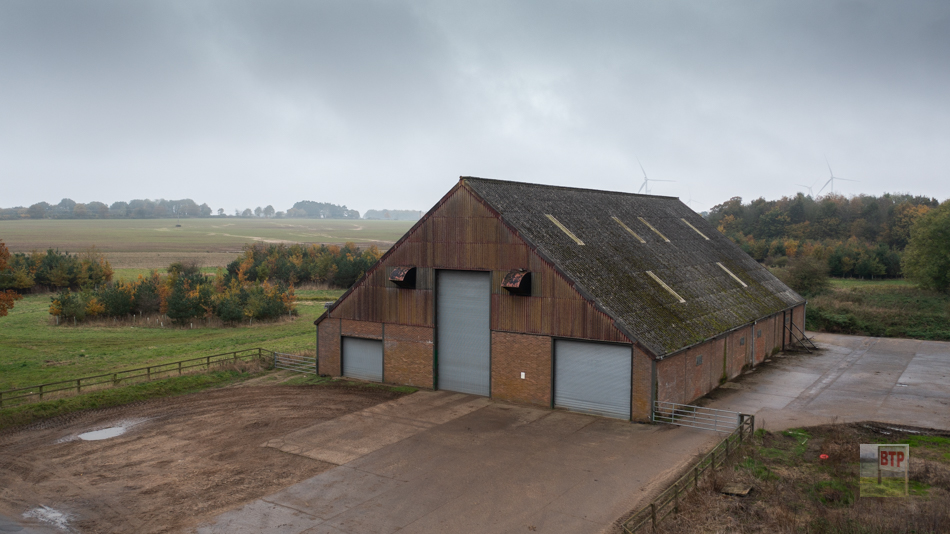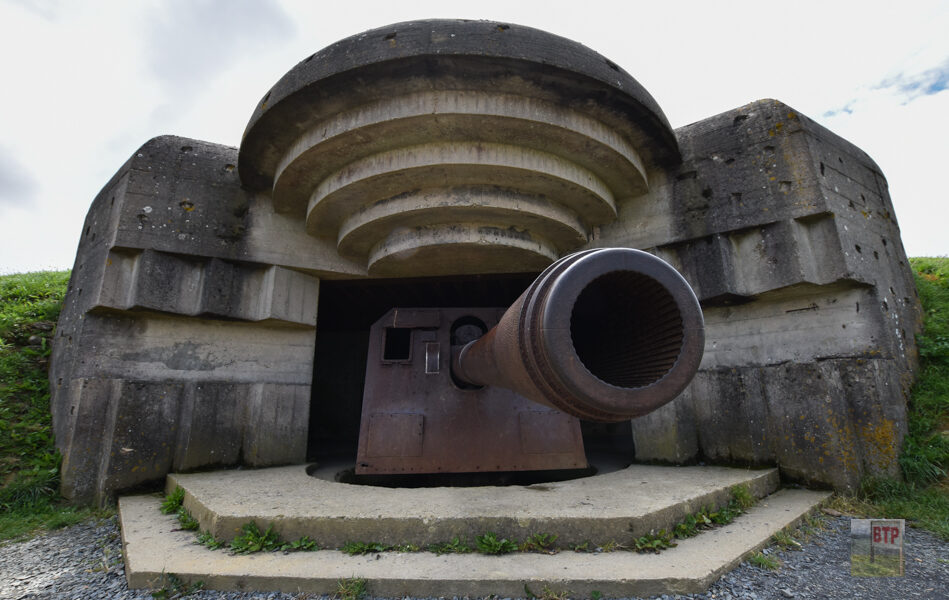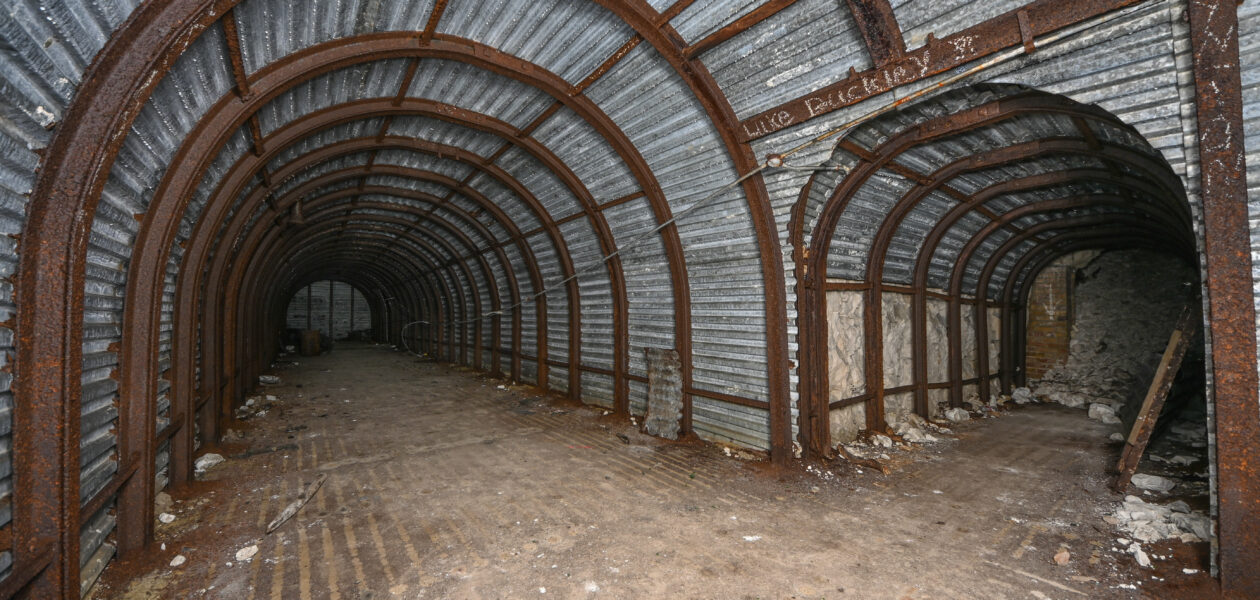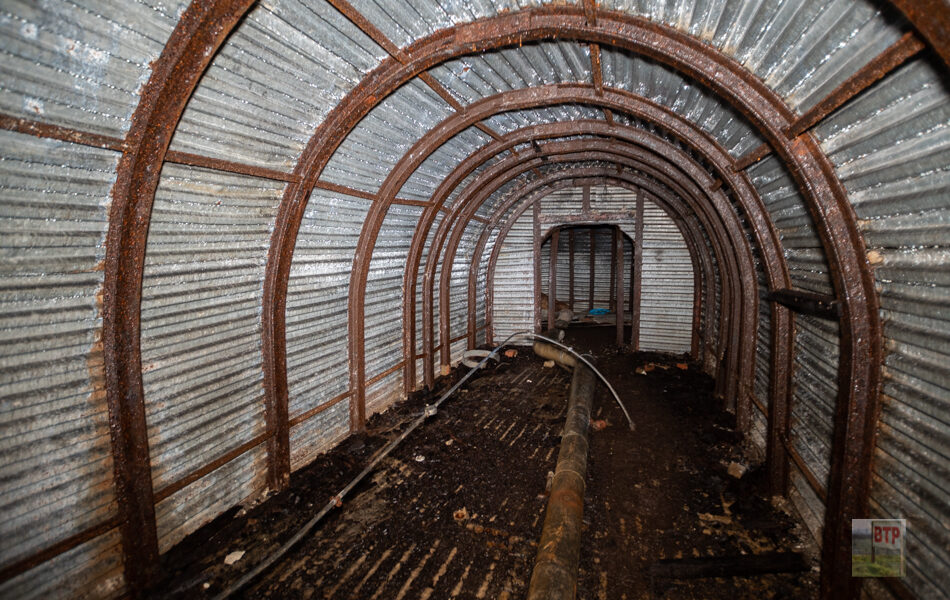RAF Rivenhall
Opened in 1943, Rivenhall was used by both the Royal Air Force and United States Army Air Force. During the war it was used primarily as a combat airfield with various fighter and bomber units based there. In was closed following the end of the the war in 1946 although it was kept in reserve for a following…
View More
